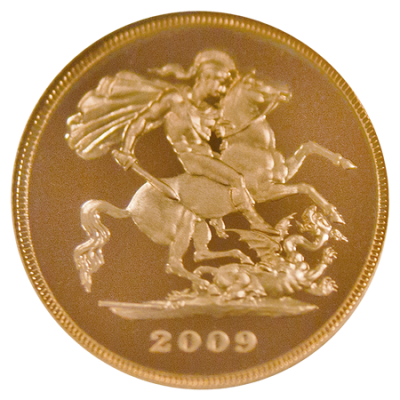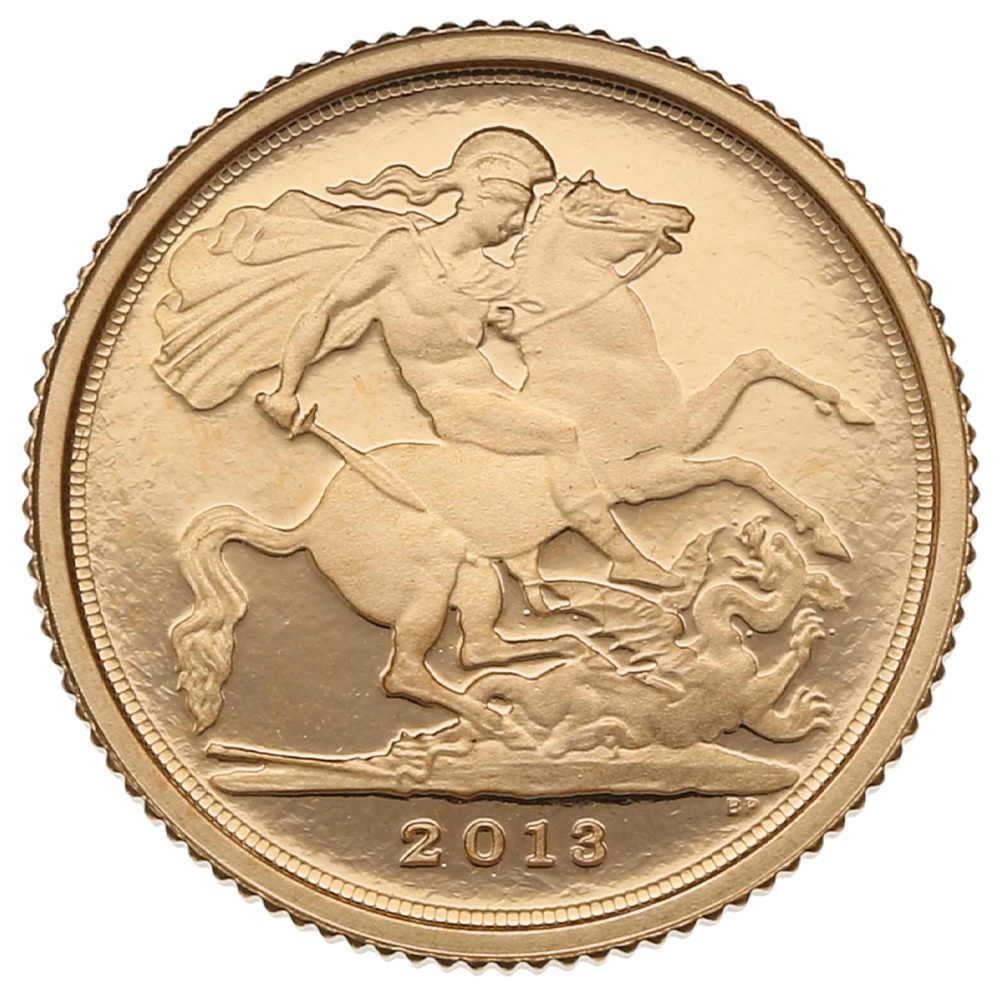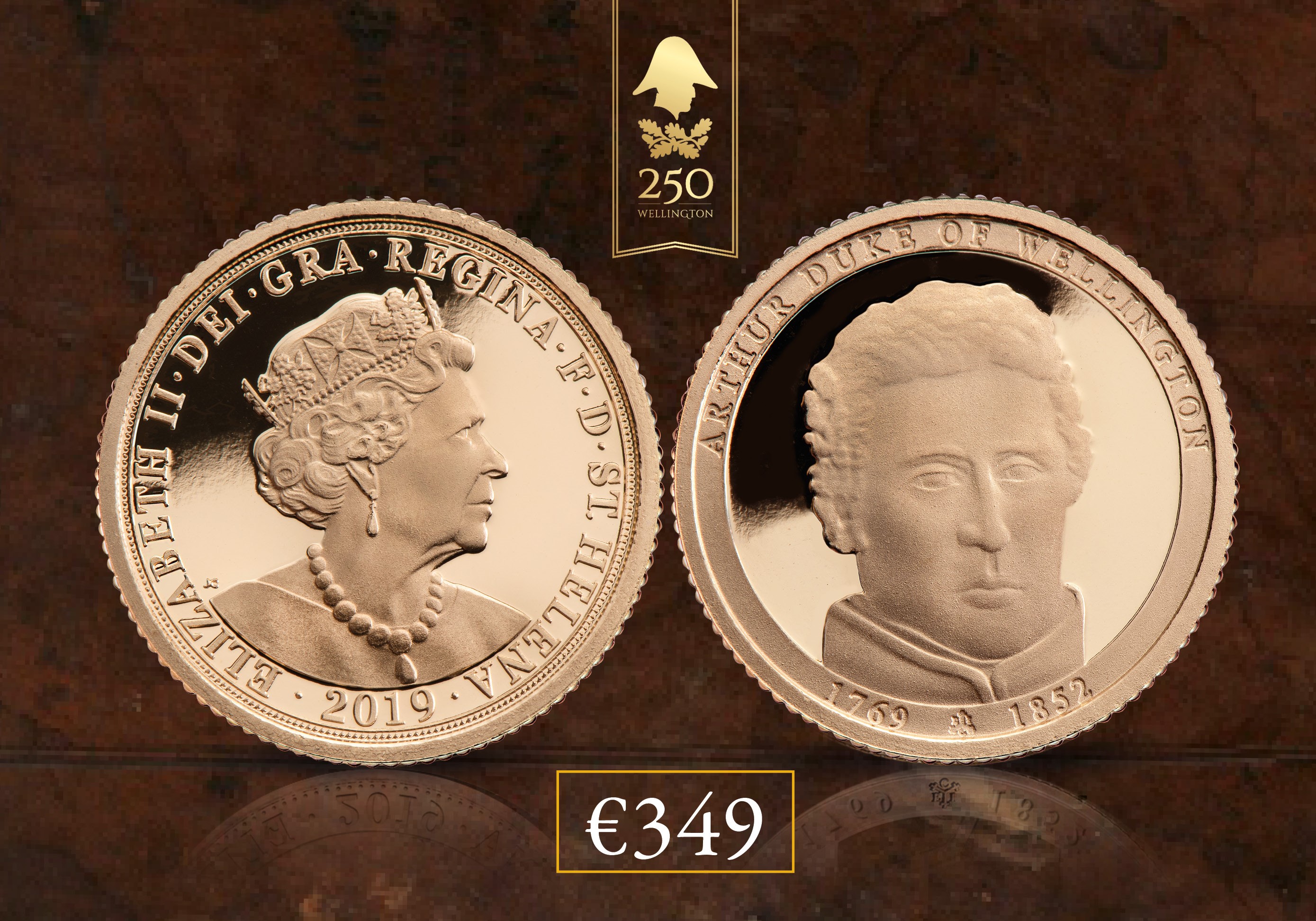Quarter Sovereigns
2018 GB Proof Gold British Quarter Sovereign Sapphire Anniv. Privy NGC PF 70. 2018 Great Britain Proof Gold British Quarter Sovereign Sapphire Anniv. Privy NGC PF 70 UCAM. US Silver Bullion. Silver Bullion Coins. It is that first ever sovereign effigy of Her Majesty that appears here, on the quarter sovereign. The effigy is framed with a koru design representing the royal generations past, present and future. A lattice stained-glass effect symbolises the web of territories that Queen Victoria reigned over during the early peak of the British Empire. The 2019 New Zealand’s First Ever Gold Quarter Sovereign. The gold sovereign has a prestigious reputation around the globe. You may be aware that this reputation was established in the reign of Queen Victoria when the sovereign was the “chief coin of the world’, being legal tender in over 30 different nations and territories, and accepted in dozens more. This 22-carat quarter sovereign, with its groundbreaking and intricate design is the perfect commemoration of this airliner which could fly at twice the speed of sound. The limited-edition Concorde range is struck in Gibraltar and has been approved by both the Foreign & Commonwealth Office and Buckingham Palace.
In 2009, the British Royal Mint is to introduce a quarter sovereign. This will extend to range of coins in the gold sovereign family from four to five members.
Range of Five
We nearly headed this section 'Five Sizes', we do not however consider the four existing sovereign family members to be different sizes of the same coin, but as completely different denominations with a strong family connection to each other in their specifications, history, and designs.
The existing family members are, of course, the half sovereign, double sovereign, and gold five pounds.
What's in a Name?
If you were a Montague or a Capulet, you would not need to ask this question. Surely a gold coin is as fair by any other name?
It may seem pedantic of us to spend time and effort on this point. Some years ago, the Royal Mint started an advertising campaign offering 'Gold Sovereigns from £35'. We thought this headline was misleading, more the sort of thing you would expect to see on Blackpool Promenade than from one of our nation institutions. We recount the story on its own page, so will not repeat it here. We mention it not to cause further embarrassment at the Mint, but to illustrate a point. It's our opinion that somebody at the Mint may have believed that half sovereigns were a type of sovereign, although it was possibly only a marketing man stretching a truth to fit a purpose. If so, it was more a case of distorting a truth than stretching it.
To help illuminate our point, we will give a concise history:
- The gold sovereign itself was introduced in 1489.
- The half sovereign was not introduced until 1544 - over half a century later.
- The gold two pound (double sovereign) was not released until 1820, although a small number of double weight (piedfort) sovereigns were issued in the reign of Henry VII, probably between 1504 and 1509. These were almost certainly presentation pieces as gifts for VIPs.
- The five pounds was also first issued in 1820.
- The quarter sovereign will commence in 2009, although there were a small number of patterns issued in 1853.
 We are not aware of any evidence that the expression 'double sovereign' was ever used until relatively recent years.
We are not aware of any evidence that the expression 'double sovereign' was ever used until relatively recent years.
Quintuple Sovereign?
We have never heard anybody, except ourselves, call a gold five pound coin a quintuple sovereign, indeed we believe we coined the phrase (should that be phrased the coin?) ourselves to help to distinguish a gold five pound coin of the sovereign family from the gold proof version of a five pound crown issued since 1990.
St. George and Dragon - Recut Reverse Dies
The traditional St George & Dragon design has been used on sovereigns, with a few breaks, since 1817.
During this long period, there have been a considerable number of minor changes to the dies used for the reverse (tail side). In 2007, the reverse design appears to have been completely re-engraved, although there was no advance announcement of this from the Royal Mint.
New Old Dies
According to the Royal Mint:
Quarter Sovereign Gold Content

The Gold Proof Sovereign Collection of 2009 will soon be availablefrom the Royal Mint. This is the first time that original nineteenth centurytools from the Museum collection, some of which were almostcertainly worked on by Benedetto Pistrucci himself, have been usedunmodified in the modern production process, revealing his dynamicmasterpiece of St George and the dragon in all its glory.
This is also the first time that a quarter-sovereign has been madeavailable to the general public. Although two pattern pieces wereproduced in 1853, the quarter-sovereign was never issued intocirculation. It is therefore extremely significant that this smallest goldcoin of the sovereign family has now been struck featuring Pistrucci’sSt George and the dragon to make a magnificent five-coin collection.
Altered Dies
The first thing we noticed about the 2007 sovereigns was that they were a real pig to photograph, and the 2008's were similar.
Our 'Mint Spies' tell us that the 2009 sovereign is going to use an older version of the reverse die, which should give a sharper, more detailed impression of the design. Great!
We try wherever possible to use our own photographs, although sometimes we use images supplied by the various mints, at least on a pre-issue basis, replacing them with our own images as soon as possible after we receive our first deliveries.
Despite our considerable experience in photographing coins, the results can be quite variable. Some coins photograph beautifully, others are really difficult, and require time, patience, and experimentation before we can be happy with the results.
Proof and 'Bullion' Versions
When we first heard official news about the quarter sovereigns, only the proof version was mentioned. We have since heard that t 'bullion' version will also be issued.
In Stock February 2009
Although gold sovereigns and halves are expected to be in stock from 6th January 2009, we have been told that the quarter sovereigns are expected in mid February. This is almost certainly to allow time for the new coins to receive official Parliamentary approval.
We believe the 2009 issue will be very popular!
Notes
The fine gold content of a quarter sovereign will be 0.0588 troy ounces.
More About Quarter Sovereigns
For more information about quarter sovereigns, please visit the Quarter Sovereigns page of our Tax Free Gold website.
Check Your Gold Sovereign Collection

British Quarter Sovereign Platinum
If you own gold sovereigns, you might be tempted to sell them for good reason. Though these coins are quite beautiful, they are also worth decent money. Gold sovereigns have a nominal value of a single pound sterling throughout the United Kingdom. Gold sovereigns are currently relied upon as bullion coins and are also used for jewellery.
If you are looking to make some quick money, don’t let those old gold sovereigns collect dust in a storage compartment in your closet. This is especially true for owners of the more valuable sovereigns. In particular, the British Edward VIII sovereign is worth quite the tidy sum of money. These coins are available in very limited quantities as production was shut off once Edward VIII relinquished his position on the throne. Dingo casino betsoft games.

If your family has held onto gold sovereigns for decades or longer, it is worth taking a look at your collection just in case you happen to have one of these ultra-rare pieces. A British Edward VIII sold a few years ago for over £500,000. Even if you don’t have a highly-coveted gold sovereign, you can still sell your sovereigns to Gold Smart for good money.
Gold Sovereign History
Gold sovereign minting was in full gear up until a government-issued shut down in 1604. Production later resumed in 1817. The Coin Act of 1816 dictated exactly how much gold could be used in gold sovereigns. About 113 grains of gold were permitted to be used in each gold sovereign. Gold sovereigns were minted according to this standard for the next century until being halted once again in 1817. Minting resumed in 1925, was halted yet again and production later resumed in 1957.
Gold sovereigns have been minted from this point on forward without interruption. Though gold sovereigns have been minted in countries like Australia, South Africa, and Canada, modern-day minting is strictly limited to the Llantrisant, Wales Royal Mint. The gold sovereigns produced at this mint are generated in a special precious metal space that is completely sealed off from the other portions of the facility.
Part of the British government’s motivation for resuming the production of gold sovereigns in 1957 was to combat counterfeiting operations in Italy and Syria. There was also concern that the coin would lose its reputation unless minting resumed. Many still used gold sovereigns to make payments at this point in history.
Casino royale online gambling. It was quite common to rely on these coins as a form of payment for services provided by the government. It is worth noting that the date on these coins is a reference to the year its die was created. This means the date on your gold sovereigns is not an accurate indication of the year in which it was struck. The Mint has also been known to strike these coins with a previous year’s date or even with the date of the upcoming year.
Aside from regular gold sovereigns, half sovereigns were also been struck for circulation purposes. Though two-pound double sovereigns, five-pound quintuple sovereigns, and ten-shilling half sovereigns were also struck, they were never dispersed into circulation. The sovereign series received a new coin in 2009 when The Royal Mint issued a quarter-sovereign piece.
Gold Sovereign Nuances
George Iii Quarter Sovereign
Gold sovereigns weigh 7.988052 grams. They have a girth of 1.52 mm, a diameter of 22.05 mm, and a 22-carat fineness. Gold sovereigns’ Crown gold alloy (1/12 copper and 11/12 gold) is exactly the same as that used in the initial sovereigns produced in 1817. Alloy is relied upon to provide these gold coins with the rigidity required to guard against denting and scratching that occurs amidst their handling. The gold content of these coins is exactly 7.322381 grams.
In terms of design, the gold sovereign initially featured a shield, a crown, and a heraldic wreath. The design later shifted to a Benedetto Pistrucci rendering of Saint George slaying a dragon. This portrayal is still displayed on British gold sovereigns. However, additional designs were displayed on the coins during the ruling periods of Queen Elizabeth II, King William IV, and several other monarchs.
It is also interesting to note that gold sovereigns typically have a high premium to the value of gold compared to many other bullion coins. There are several reasons why this high premium exists. Firstly, the unit cost of the Sovereign is higher than gold bullion coins like the Krugerrand. Each gold sovereign has a unit cost of less than one-quarter of an ounce. There is also a strong demand for gold sovereigns amongst coin collectors. Add in the costs involved with pinpointing and maintaining such a numismatic coin and it is easy to see why the gold sovereign has such a premium.
How Much Gold Is In A Quarter Sovereign
Gold Smart Wants Your Gold Sovereigns
If you own gold sovereigns or gold of any other sort, we would like to make you a fair offer. Even if you don’t have a British Edward VIII gold sovereign, we are still interested in your collection! Gold Smart is also interested in your silver, platinum, and other precious metals. You won’t find prices better than ours. Reach out to us today for a free quote.